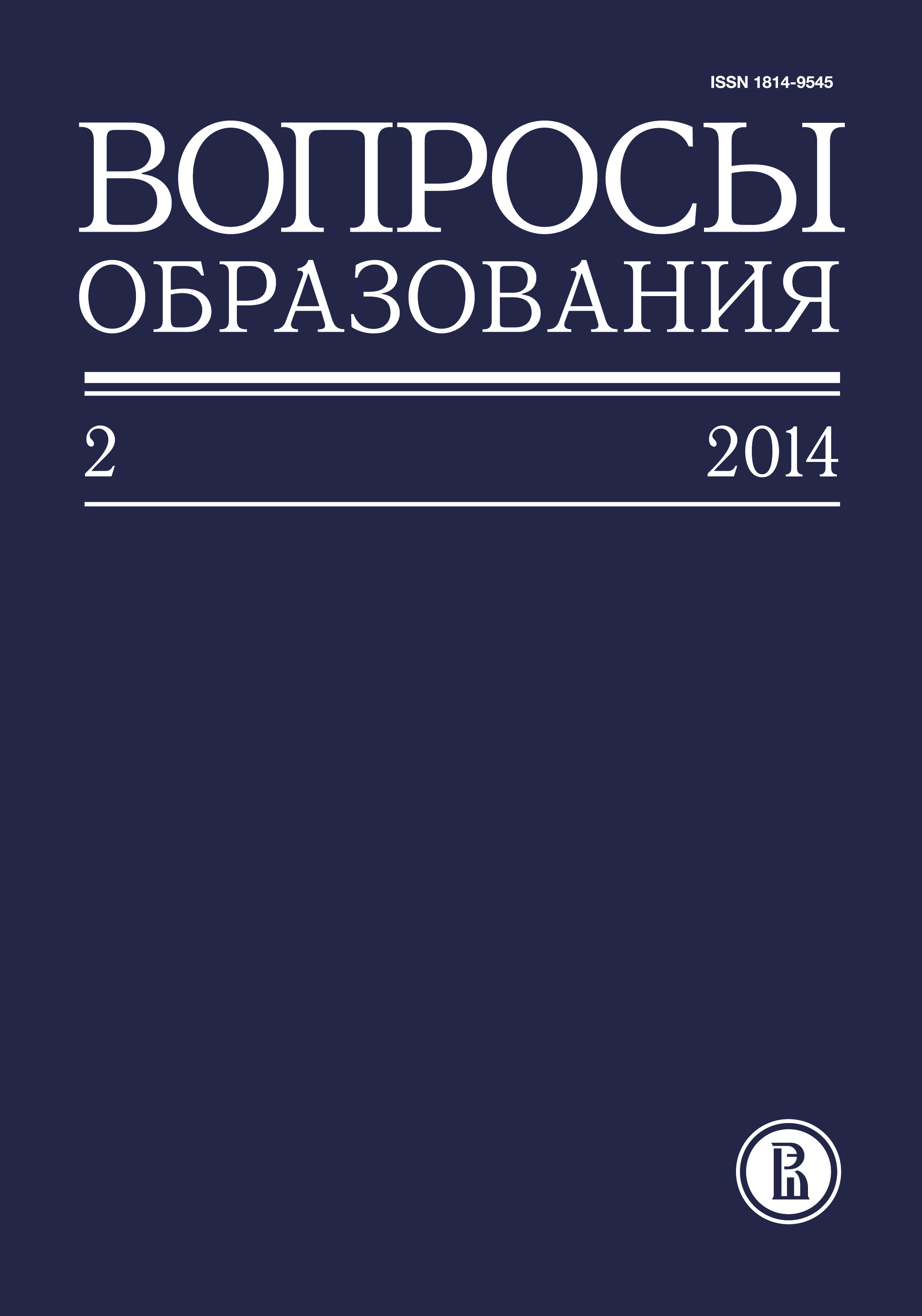Research Universities: American Exceptionalism?
Abstract
At the top of the higher education pyramid in the United States we find the public and private research universities with their special role of creating and maintaining knowledge, training graduate students in arts and sciences and professional schools, and offering a liberal education to undergraduates. There are about 125 diverse universities that fit this description. These universities play a less singular role in undergraduate education. All the institutions at the top of the American educational pyramid share six characteristics closely associated with high quality: shared governance, academic freedom, merit selection, significant human contact, preservation of culture, nonprofit status. Many academics will consider a listing of these characteristics individually familiar, obvious, and of little interest. But the characteristics of quality are almost never considered as a system even though the absence of any one of them will affect the integrity and quality of a research university. On the other hand none of these characteristics, singly or as a group, make disruptive change impossible.









